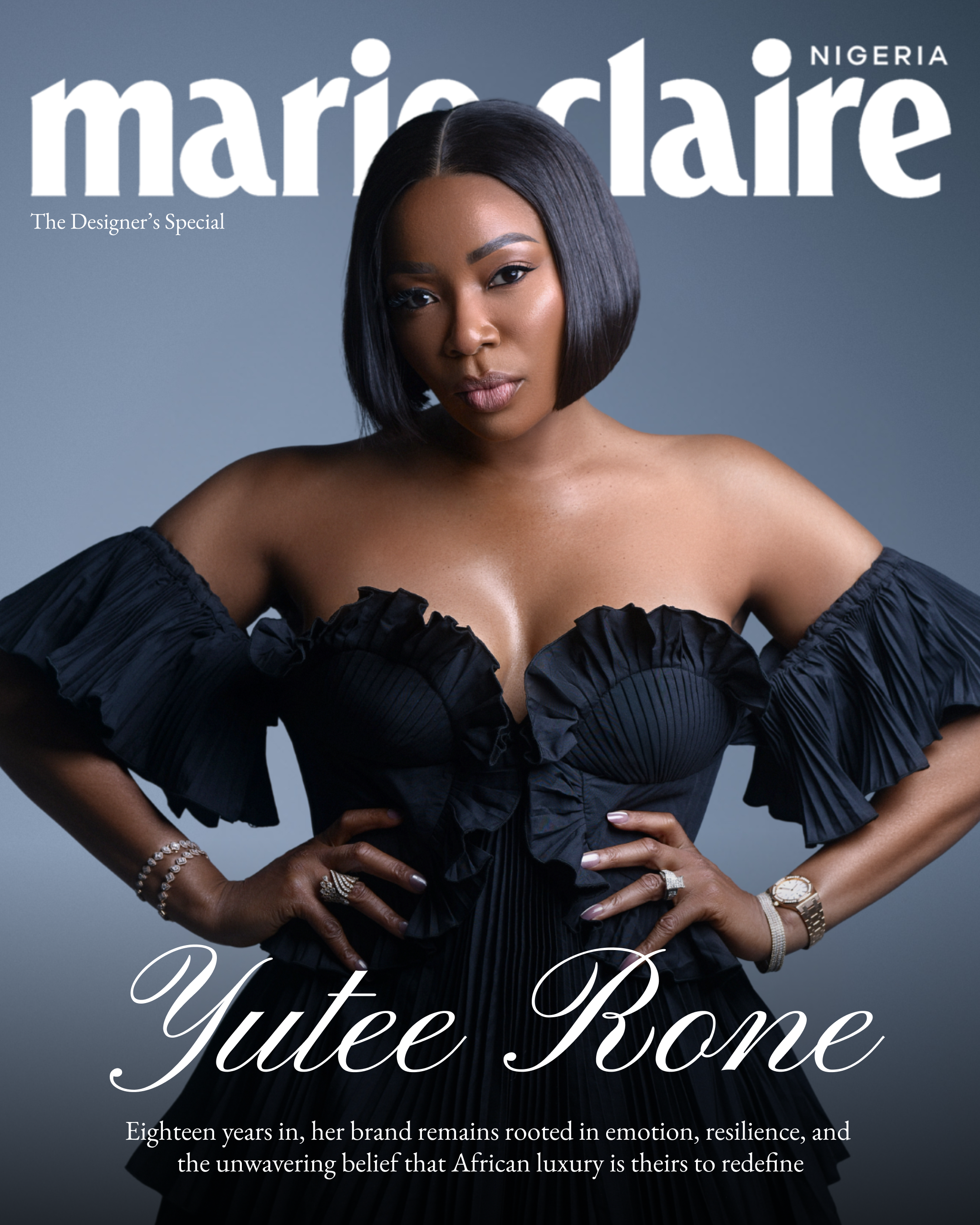Ah, online shopping—the thrill of scrolling, the rush of clicking “buy now,” the joy of “payment received”, and the sweet sweet daydream of how incredible you’d look and feel in the outfit. But how often have you unwrapped a package only to be hit with cold, hard reality? That dress you imagined strutting in feels like a potato sack, and the blouse you thought screamed “chic” looks like a disaster.
What i ordered Vs What i got😭 pic.twitter.com/ILmCgGqEBh
— ITUMELENG🕯️🌊 (@itu_nadia) October 13, 2024
You know this all-too-familiar drama: a shopper insists her outfit doesn’t match what she ordered, while others point out that sometimes, it’s not the clothes but the models wearing them that draws us in. This conversation brings up a deeper question. Are the clothes always ill-fitted, or do we secretly wish we looked like the models in the product image? It’s time to unpack managing expectations, embracing our bodies, and figuring out how the fashion industry can do better.
The reality of expectations
It’s a familiar story: the excited shopper waits eagerly but when the package arrives, reality hits. The fit is off, the colour looks different, or the fabric is cheaper than what they expected. Excitement melts into frustration, and they feel cheated—like the brand promised something it didn’t deliver. It’s a feeling many people who shop online can relate to, and it leaves shoppers wondering. Does the issue lies with the product or the marketing.
The disconnect often starts with how products are marketed. Many brands use clever lighting, filters, and strategic styling to make items look flawless online. Showcasing them on idealised body types. Even when size isn’t the issue, colours can appear different due to editing, fabrics may look more luxurious in photos than in reality. This creates a frustrating gap between what shoppers expect and what they receive.
The model effect: a double-edged sword
On the flip side, a valid argument is that we might like the body of the models more than the clothes. As the tweets suggest, sometimes the problem isn’t the outfit—it’s that we’re drawn to how it looks on the perfectly styled, idealised body type. Fashion ads often feature slim, toned models, with curves in all the right places, feeding into the unattainable beauty standards. So, when we try on the same clothes and they don’t look as dreamy, it can leave us wondering if we’re disappointed not just in the outfit but in ourselves. This creates a disconnect between what we see online and what we experience in the mirror, fuelling insecurities rather than confidence.
Knowing your body type: the key to shopping happiness
To avoid disappointment, understanding one’s body type and what works for you is key. Every body is different, and what flatters one shape may not suit another, so try embracing what makes you comfortable and confident. Whether you prefer fitted pieces, flowy fabrics, or bold patterns, the key is choosing clothes that reflect your style and celebrate your shape as it is. When we know what works, we’re more likely to have a positive online shopping experience—and fewer “what I got” surprises.
The need for diverse representation
But let’s not stop there. Online shopping would be so much easier if brands showcased more diversity; featuring models of all shapes, sizes, and heights. Seeing an outfit on a range of bodies helps shoppers easily visualise how it will look on them. Fashion should reflect the world we live in, and the more inclusive it becomes, the more enjoyable shopping will be for everyone.
In the end, “What I ordered vs. what I got” is not just about clothes—it’s about expectations, and self-image. The key to happier shopping lies in embracing who we are and choosing styles that make us feel good, not defeated. Knowing what fits us can reduce frustration, but brands also need to do better by showcasing more diverse bodies. Fashion should be fun, not a source of stress. It’s not just about what we wear, it’s about how it makes us feel.


